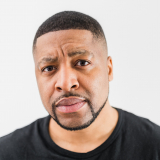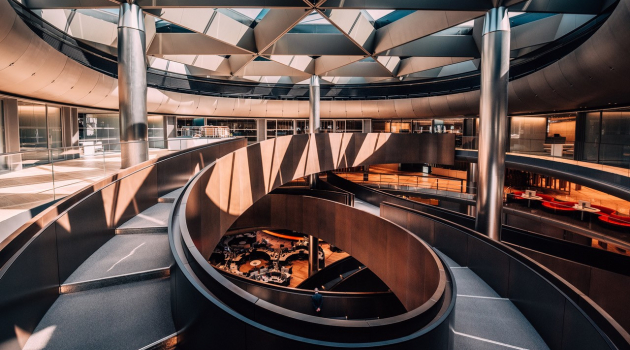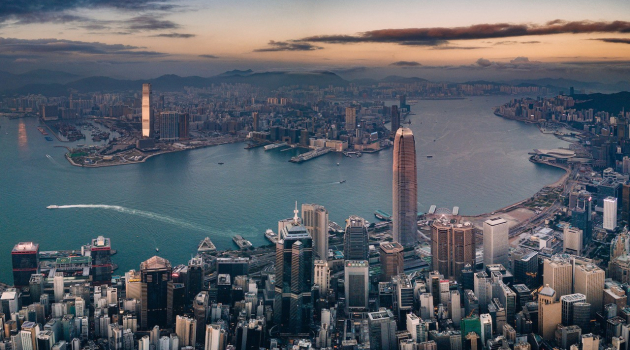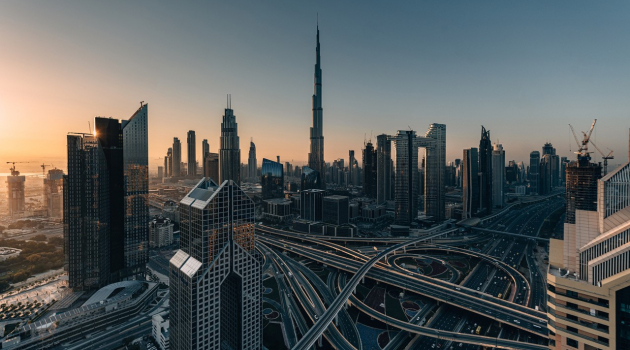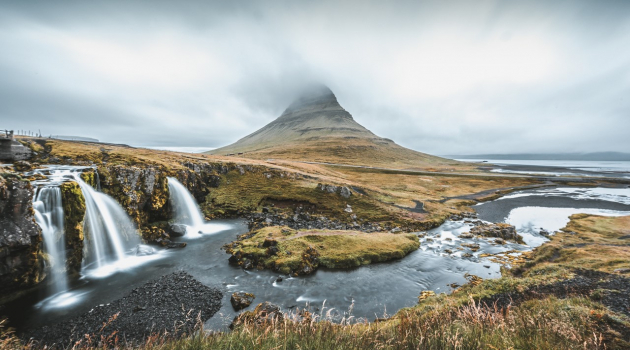What got you into photography?
It’s been kind of a weird journey. As a kid growing up in Peckham, southeast London, art was my passion. I was always drawing – I was the boy sitting there quietly in church every Sunday drawing away through the boring bits. My favourite subject at school was art and I never missed a lesson. I went on to college to do a BTEC in art and design with, funnily enough, GCSE photography as an add-on, but photography didn’t really interest me much at the time – it was just a tick-box extra I needed to do, and I only had to get a grade D, so that’s about the level of work I put into it as I was so busy concentrating on the art BTEC. Of course, I had no idea back then I’d ever want to become a professional photographer…
Years later, I wasn’t doing anything creative. I was stuck in a boring IT job in London and I hated it – going to work on a packed train and tube, doing the same dull things every day. I remember thinking to myself, “OK, it pays the bills, but is this everything my life is going to be?” That attitude obviously trickled into the job and I ended up getting fired in 2010. It was a shock, as I had a young family, but my main reaction was feeling relieved to be out of it at last.
Around the same time, my mate was selling a Nikon D3000 DX camera with a 50mm lens. I had lots of gadgets – anyone who knows me or watches my YouTube videos will tell you I really like my gadgets! – but I didn’t have a DSLR, so I bought it off him to take photographs of my kids. He drove a really hard bargain, too – I ended up giving him only £50 less than the retail price!
I hadn’t got a clue what I was doing with it, and every shot was terrible. All I could remember from college was “don’t bump up the ISO because it makes your pictures look too grainy”, so I was struggling with shutter speeds that were far too slow. But I started using the onboard information system, which really helped, and then one day I took a picture of my daughter at the park and that shot just changed everything. It looked so good – like something from a magazine – so I put it on Facebook and the comments came flooding in. It blew my mind, and I finally knew what I wanted to do – be a photographer.
When I make up my mind to do something, I do it, so straight off I put a website together, even though I didn’t really have any decent images to show on it. Luckily, some friends were doing a music video and needed behind-the-scenes shots taking, so I was in. I think I took 3,000 pictures that day – it was crazy. People were asking me if I was a photographer and I was saying, “Yes, I’m a photographer!” So there I was, living the lie but making it happen! Luckily, one of the models on the shoot took me under her wing and gave me some great tips for improving my pictures, which was really kind of her… and that’s the story of how I first got into photography.

